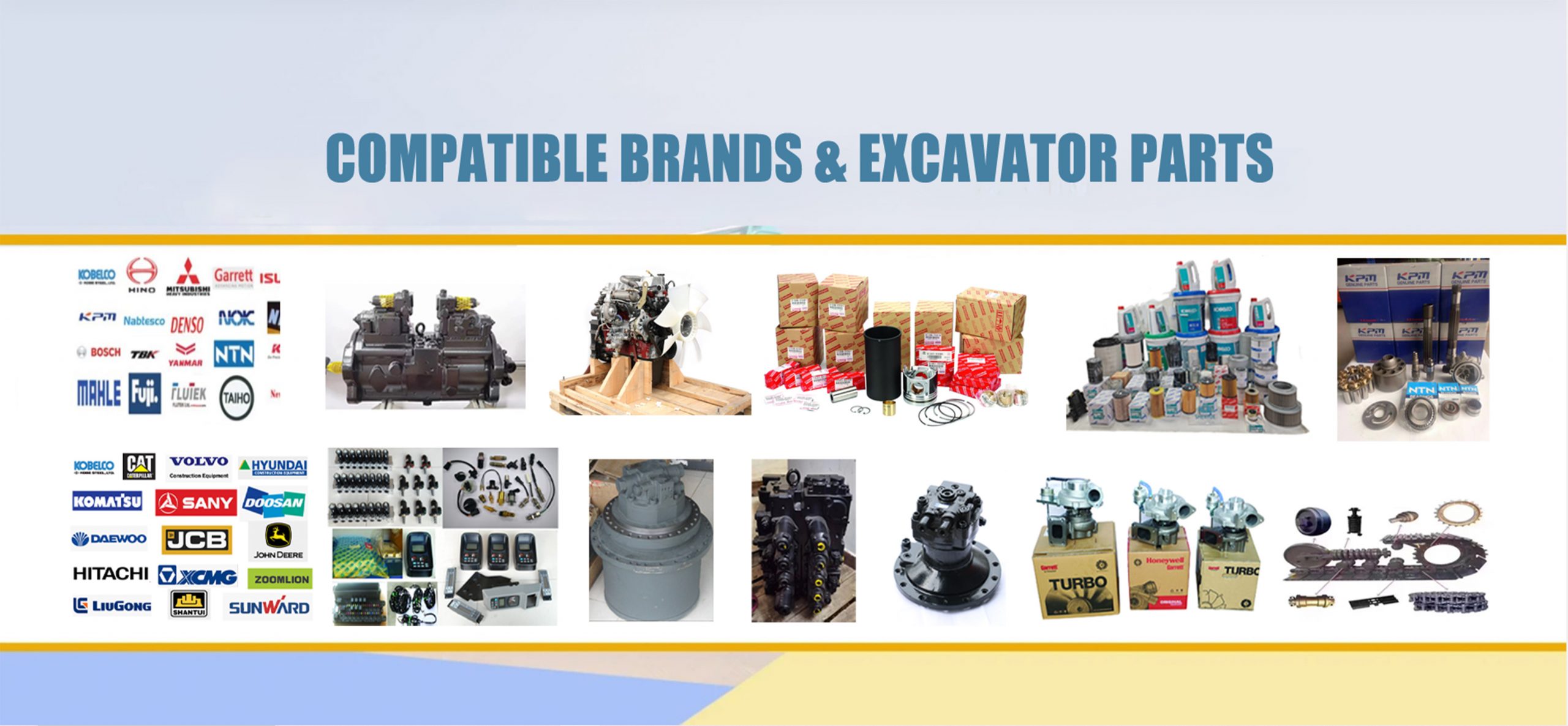Introduction:
Kobelco excavator solenoid valves are essential components in the hydraulic system of Kobelco excavators. Readers may have questions about these solenoid valves and how they function within the excavator.

Common Questions:
Question 1: What is the purpose of a solenoid valve in a Kobelco excavator?
Answer 1: A solenoid valve in a Kobelco excavator controls the flow of hydraulic fluid to various components of the machine, such as the boom, bucket, and arm. It helps in the smooth operation and movement of the excavator.
Question 2: How can I troubleshoot a malfunctioning solenoid valve in my Kobelco excavator?
Answer 2: If you suspect a solenoid valve issue in your Kobelco excavator, you can start by checking the electrical connections, cleaning the valve, and testing it with a multimeter. If the issue persists, it is recommended to consult a professional technician for further diagnosis and repair.
Question 3: Are Kobelco excavator solenoid valves interchangeable with other brands?
Answer 3: It is not recommended to interchange solenoid valves between different brands as they are designed to work specifically with the hydraulic system of a particular brand and model of excavator. Using incompatible solenoid valves can lead to malfunctioning and damage to the machine.
Question 4: How often should solenoid valves in a Kobelco excavator be replaced?
Answer 4: The lifespan of solenoid valves in a Kobelco excavator can vary depending on usage, maintenance, and operating conditions. It is recommended to inspect the valves regularly for any signs of wear or malfunction and replace them as needed to ensure the optimal performance of the excavator.

Conclusion:
In conclusion, Kobelco excavator solenoid valves play a crucial role in the functionality of the hydraulic system. By understanding their purpose and how to troubleshoot common issues, operators can ensure the smooth operation of their excavators. For more information or specific inquiries about solenoid valves for Kobelco excavators, it is advisable to consult the manufacturer or a certified technician.




